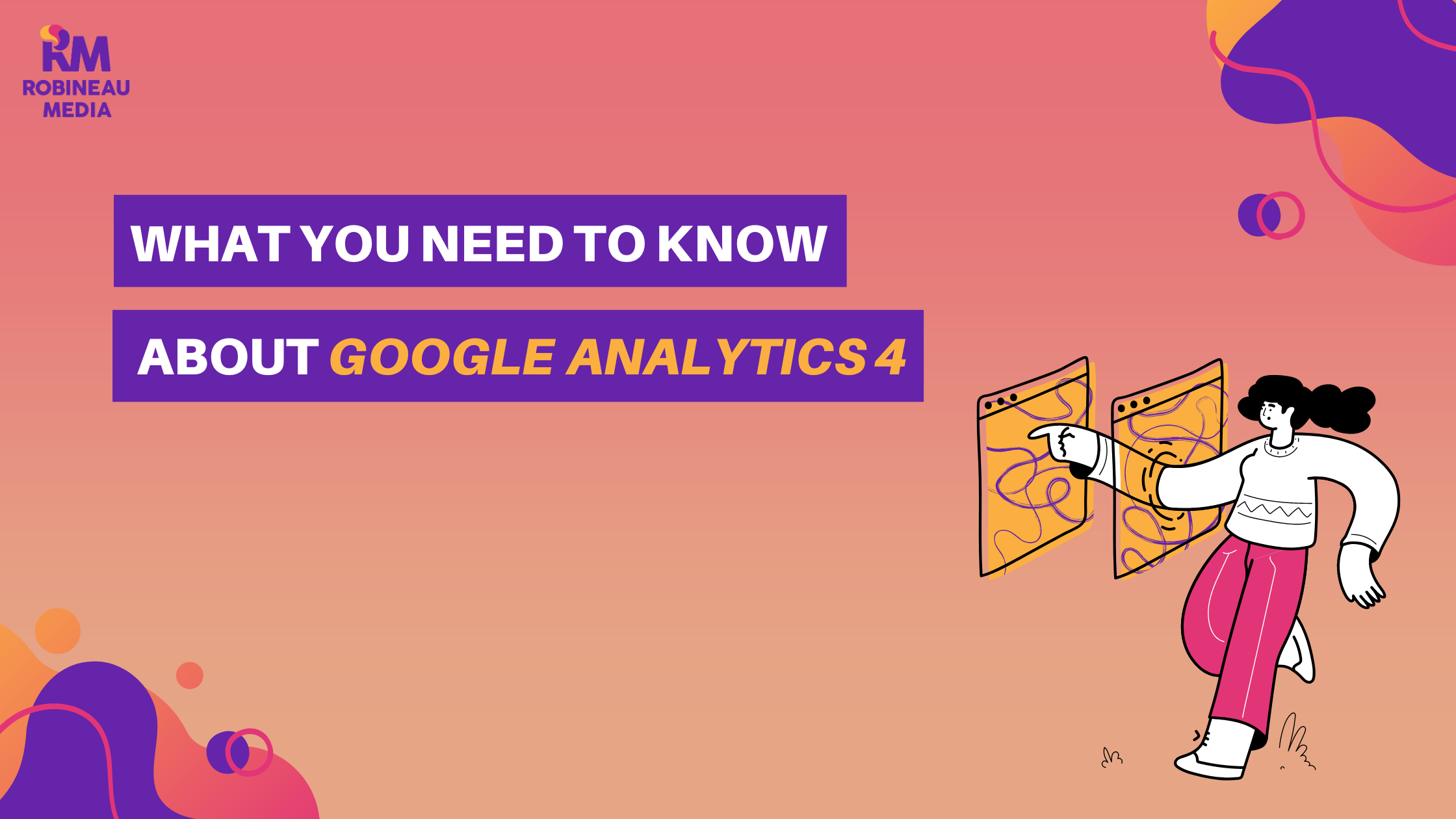In the world of digital marketing, Google Analytics is a powerful tool for brands and marketers to track their website’s performance and gain insights into their audience’s behavior. Marketers thrive on data to guide marketing strategies, know when and where to pivot those strategies, and understand which strategies are a success or failure.
Google Analytics 4 is the latest version of Google’s web analytics tool, and it has been making waves in the digital marketing industry since its release in October 2020. However, with the automatic switch to Google Analytics 4 happening on July 1st, there are a few important things that you should know to take advantage of its new features and improve your digital marketing strategy.
- Accept that the ‘Cookie’ has crumbled
The days of third-party data tracking are over. With Google Analytics 4, your brand will have to rely on first-party data, because any third-party data from beyond Google’s walls will be dead on arrival. But, using first-party data with Google Analytics 4 is not the worst thing to happen. Now, first-party cookies in Google Analytics 4 will store client IDs to distinguish unique users and their sessions on a website. However, with this switch from third-party to first-party data, you will need to adjust your settings to ensure effective data tracking.
- Say Hello to Engagement Rates
One of the most significant changes in Google Analytics 4 is the replacement of the traditional “bounce rate” metric with an “engagement rate” metric. Bounce rates told you how many people would visit your website and then leave without taking any further action. The Google Analytics 4 update uses engagement rates which can tell you the percentage of visitors that engaged with your website, how long they were engaged with it, and where they engaged from. This shift allows you to get a better idea of what’s driving higher user engagement for both new and repeat users.
Google Analytics 4 introduces a new feature called “events,” which allows you to track a wide range of user actions - from video views, to link clicks, to promotion clicks. This function is automated, making it easier to identify correlations and causation in your website traffic. Additionally, you can create custom events for specific geographies, genders, and devices, allowing for granular tracking of user engagement. Overall, “events” is whatever you need it to be when it comes to tracking website data.
- (Almost) Everything is Customizable
Google Analytics 4 aims to give every user the ability to use the platform in whatever way works best for them. This means that insights, reports, events, and almost every other feature can be customized. While this is great for brands and marketers who only want to see particular data points, it can be overwhelming for those who are used to a set of data points that have not changed in a very long time. You can customize the layout and information in reporting overview cards, giving you a snapshot of user acquisition channels, product purchases, and more.
Overall, Google Analytics 4 is a significant update to Google Analytics that offers new features and capabilities to help brands and marketers understand user behavior across multiple touchpoints. Google Analytics 4 is not just an upgrade; it is a new platform that requires a different approach to data collection and analysis. If you want to stay ahead of the curve, you should use Google Analytics 4 as soon as possible to take advantage of its new features and capabilities. With better privacy controls, a new event-based data model, and the ability to track user behavior across multiple devices and platforms, Google Analytics 4 is the future of web analytics.


